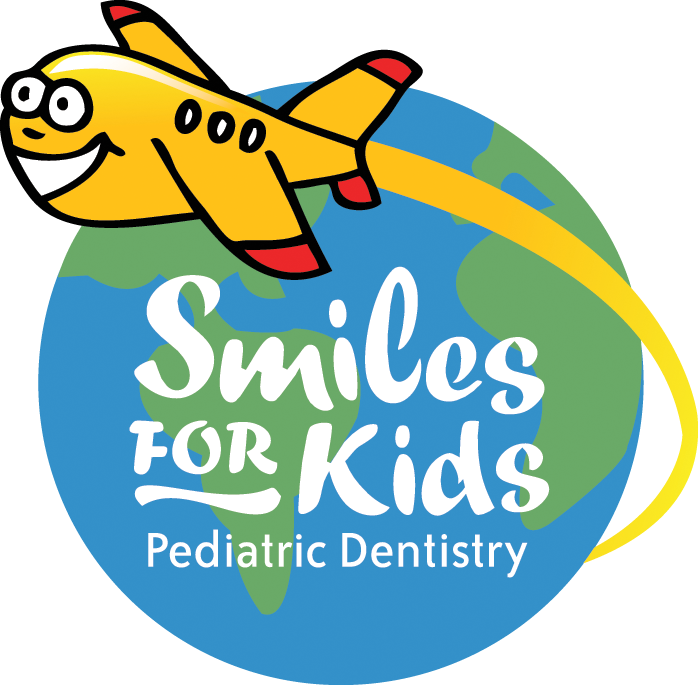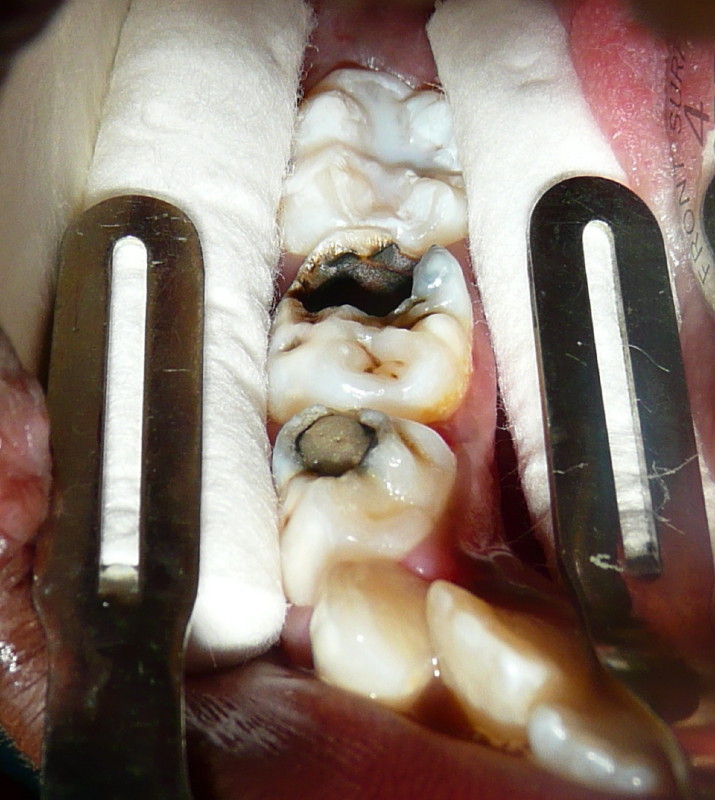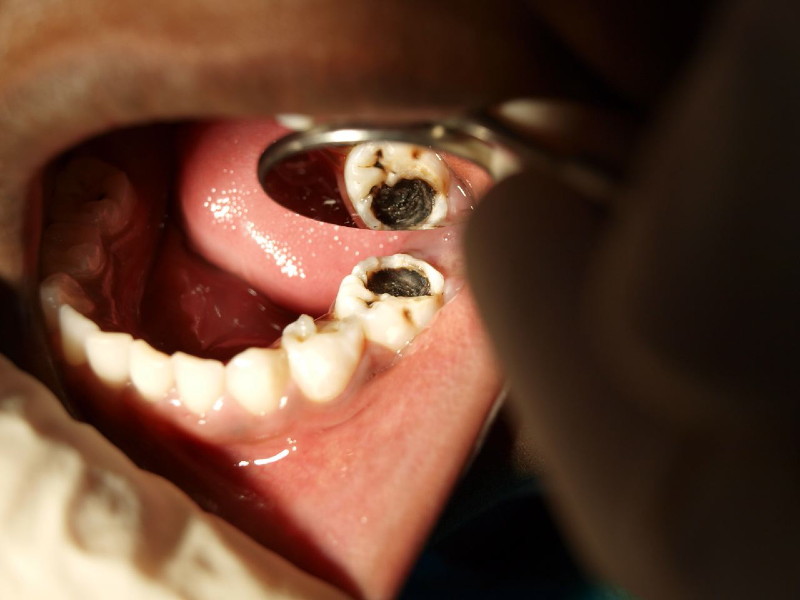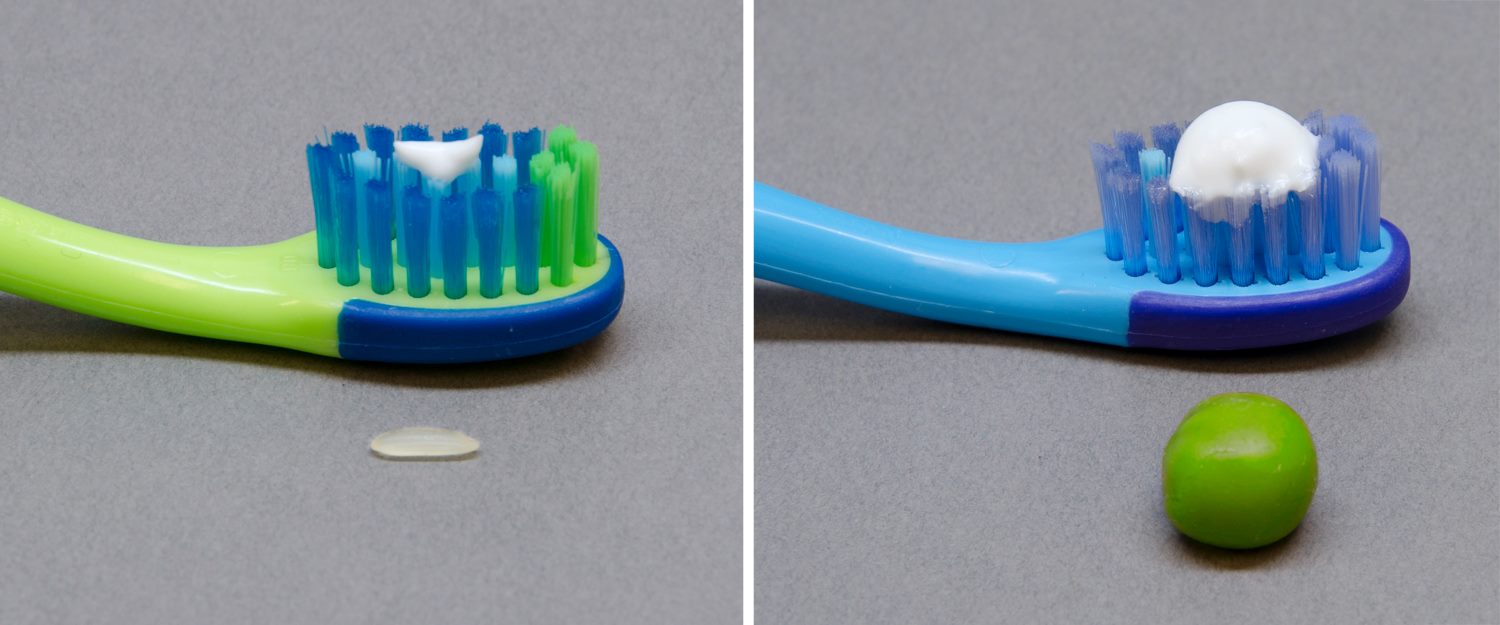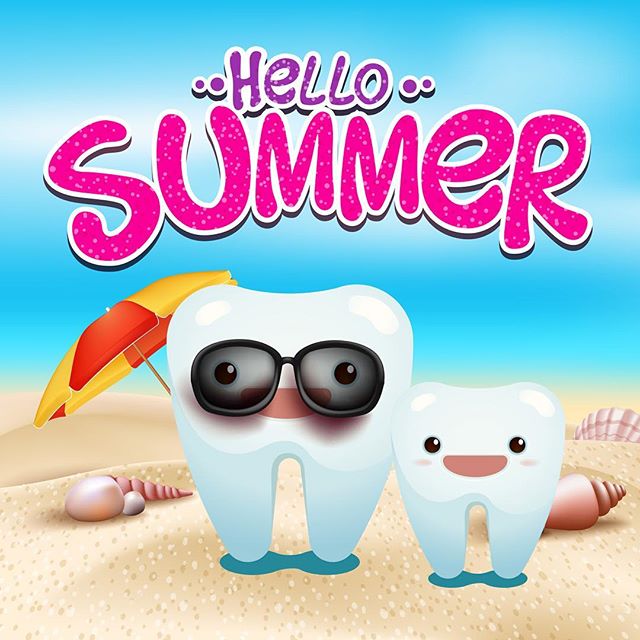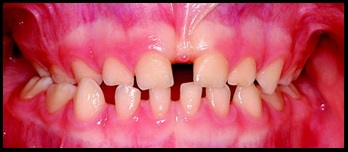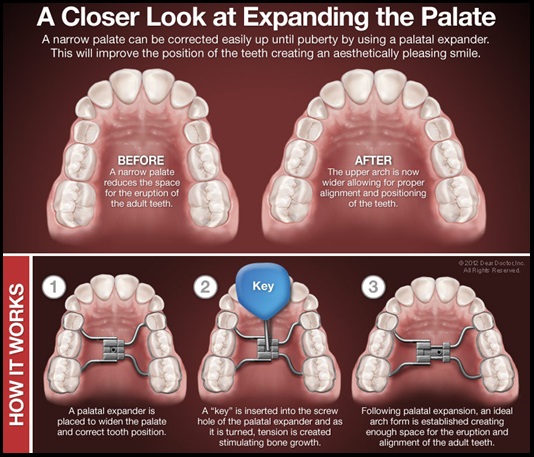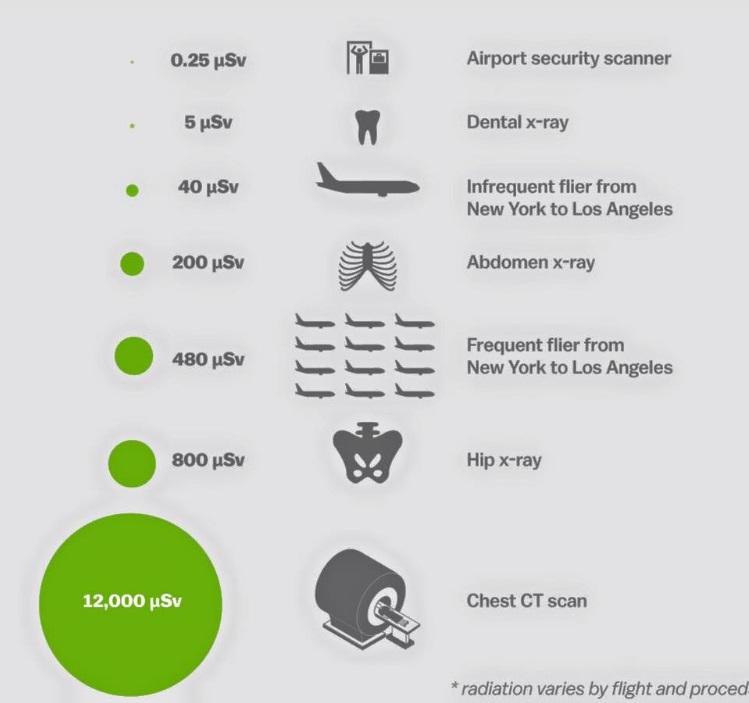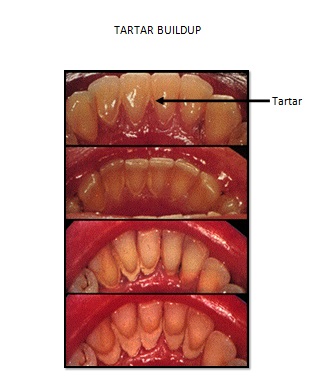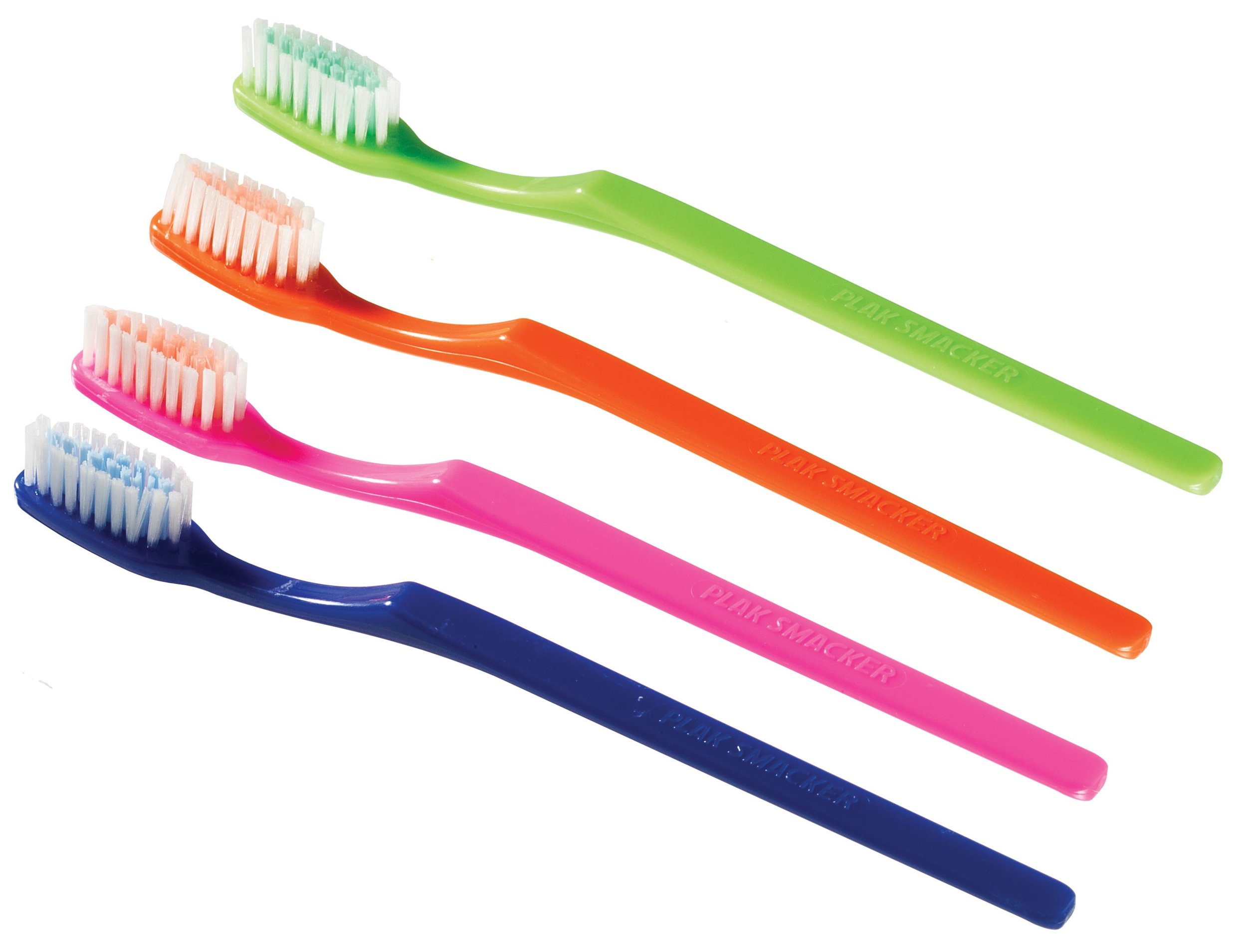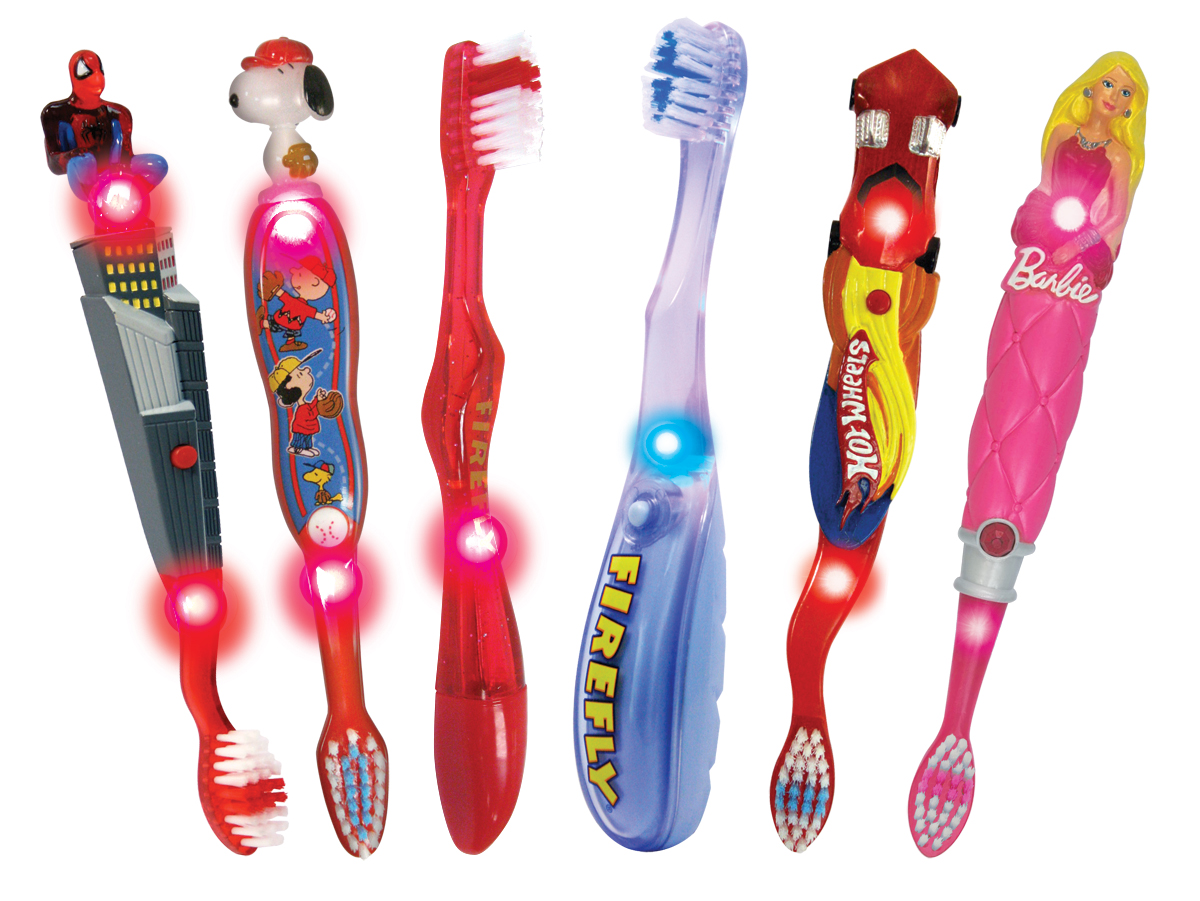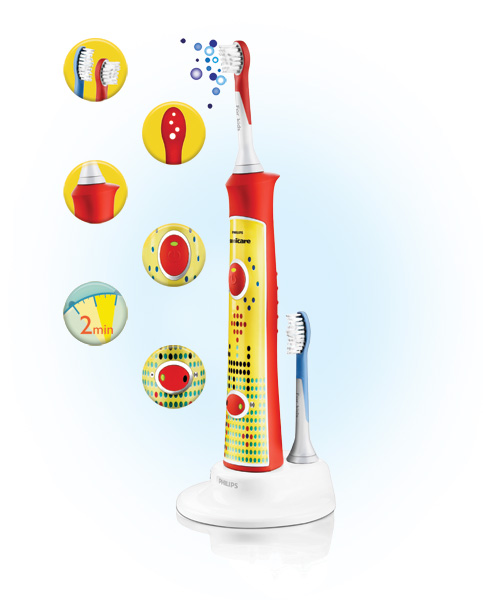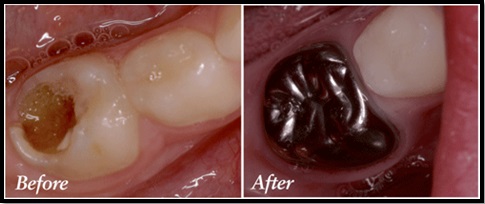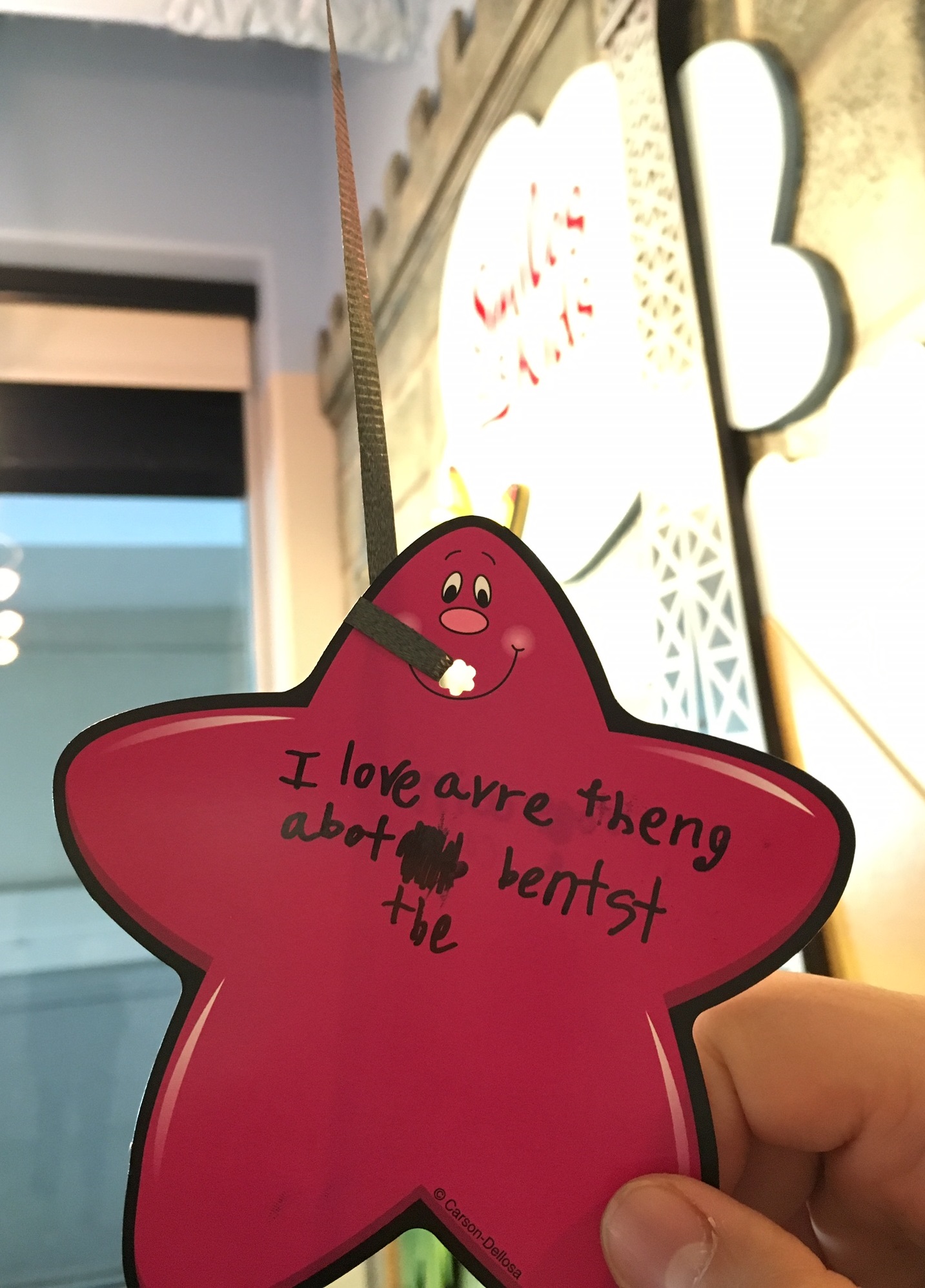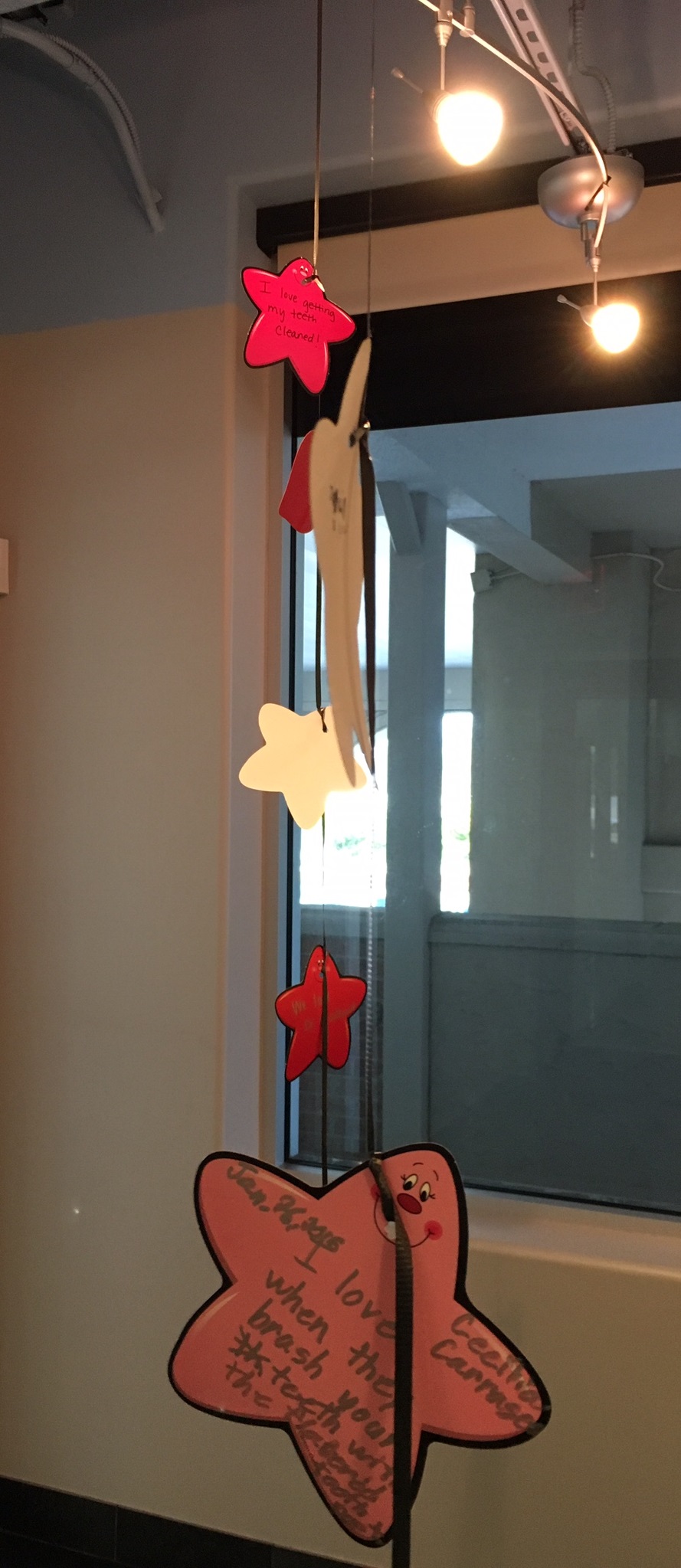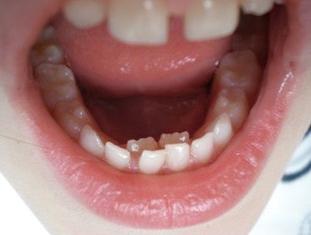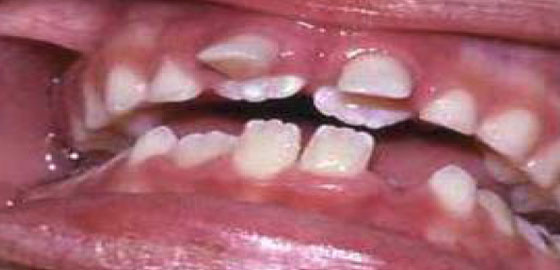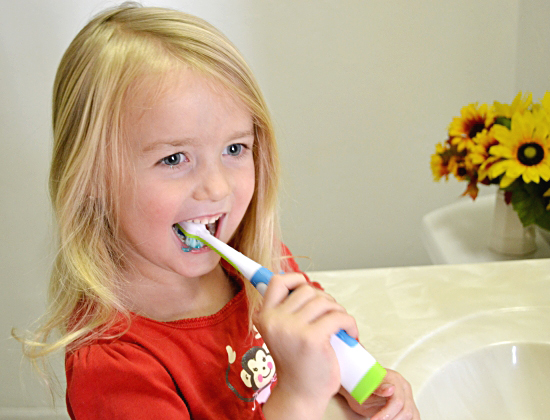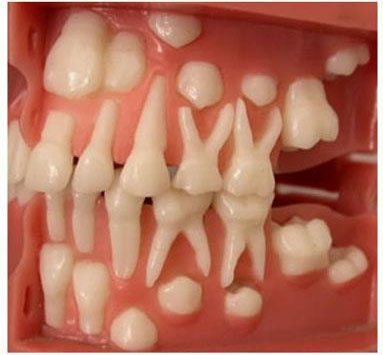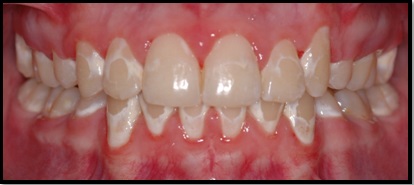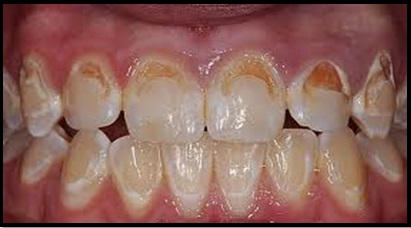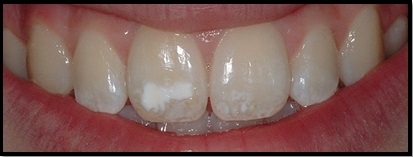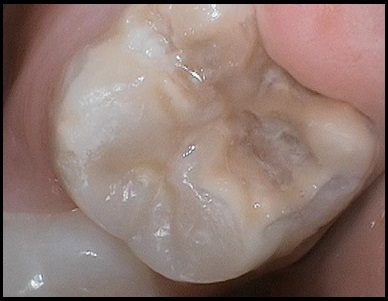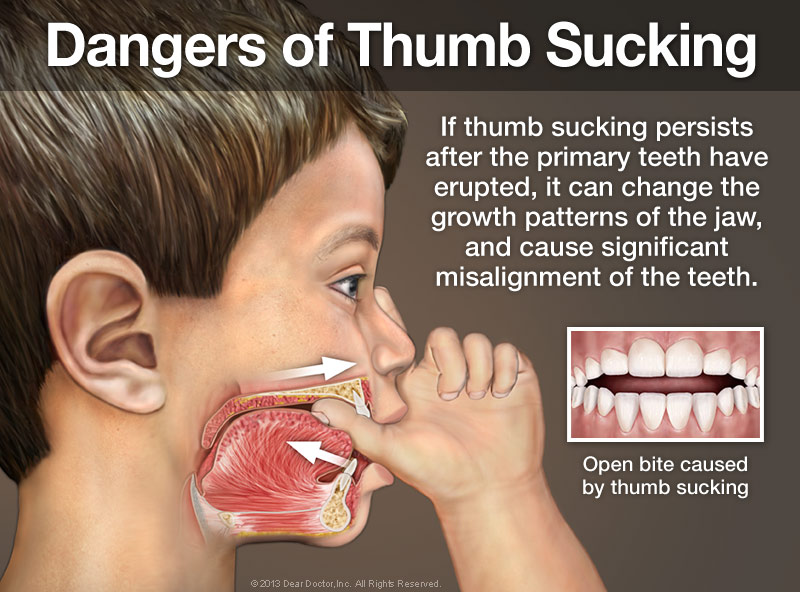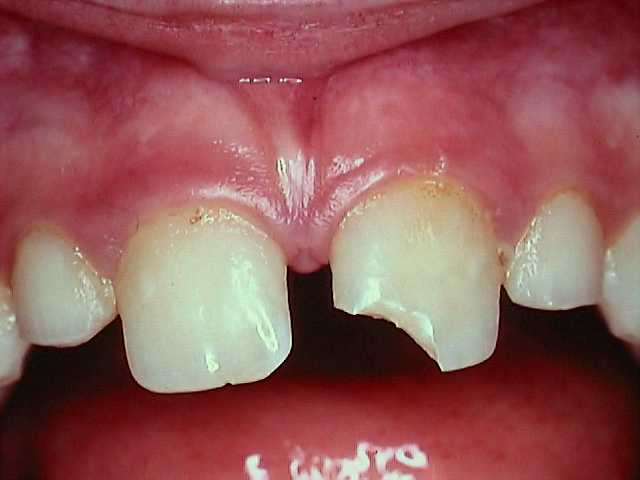How are sealants placed?
/At Smiles for Kids Pediatric Dentistry, Dr. Lindhorst and Dr. Jadav strongly believe in placing sealants. It’s a protective layer that we place on teeth that goes deep into the “nooks and crannies” of teeth. This layer helps keep food and bacteria out of these vulnerable areas. This, in turn, helps prevent against cavities from forming.
You may wonder how exactly we place sealants. Here’s a step by step rundown of how we place them.
We first prepare the tooth by brushing it. Once it is clean, it is very important that it stays dry during this process so that the material can adhere to the tooth. We often use an Isolite to help with this. It’s a plastic piece that goes into your child’s mouth to help keep them open and allow the dentist to visualize that area. It also helps dry the area with the suction and protect your child’s cheeks and tongue. Once we have the tooth isolated, we place a solution that etches the tooth to prepare it for the sealant. The tooth is then rinsed off and dried again. The sealant is then placed on with a small brush and hardened with a curing light. We then carefully rinse the tooth and surrounding areas.
Patients can eat or drink right away after the sealant placement. We always warn patients not to chew on ice or hard candy because the sealants can break. Once they break, they no longer can fully protect the tooth from cavity formation. Also, patients still have to practice good oral hygiene and floss. These sealants do not protect against cavities that form between teeth. Dr. Lindhorst or Dr. Jadav will check the sealants at every six month check-up.
If you have any other questions or concerns about sealants, please don’t hesitate to ask!
Dr. Jadav
Smiles for Kids Pediatric Dentistry
